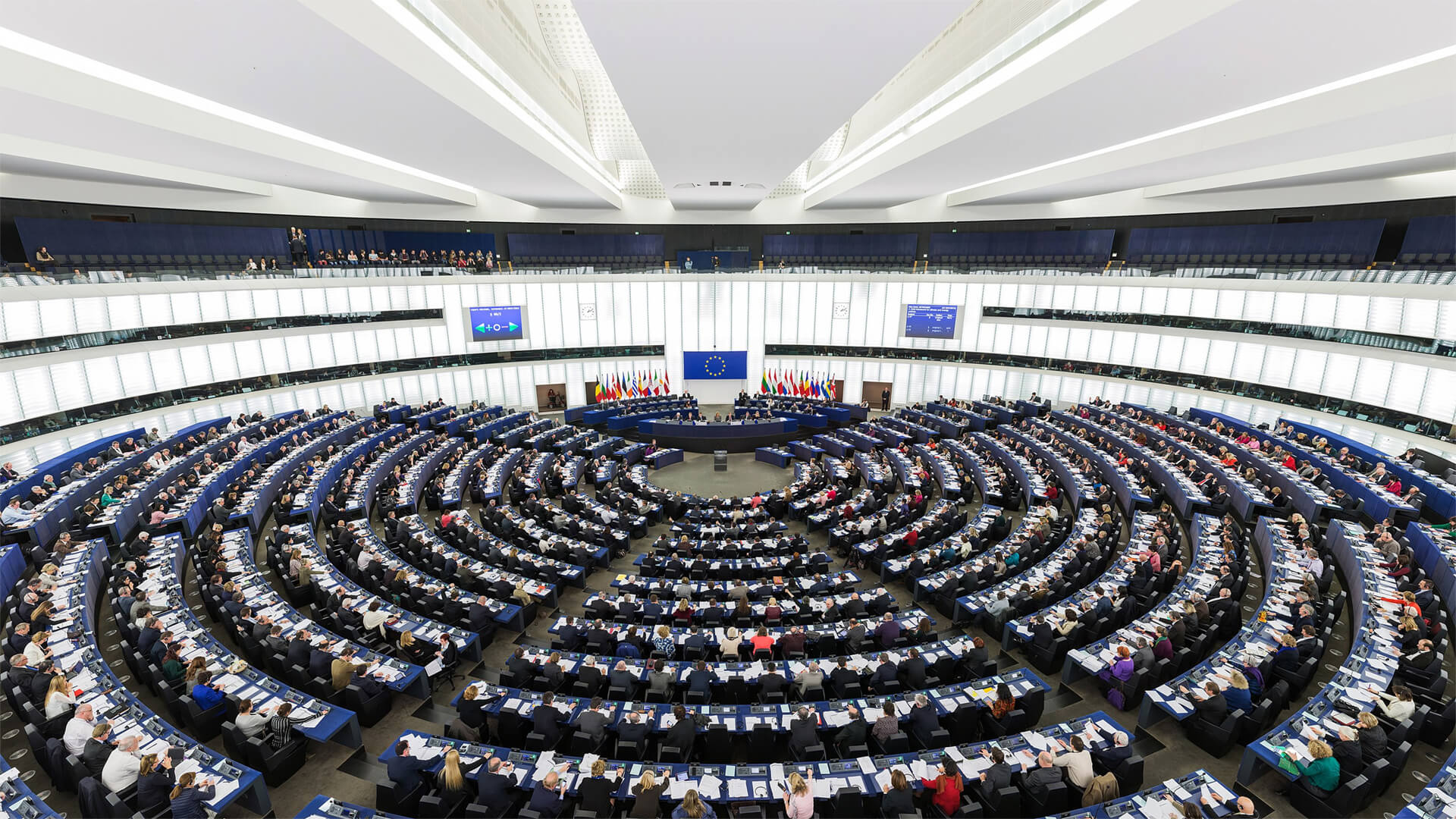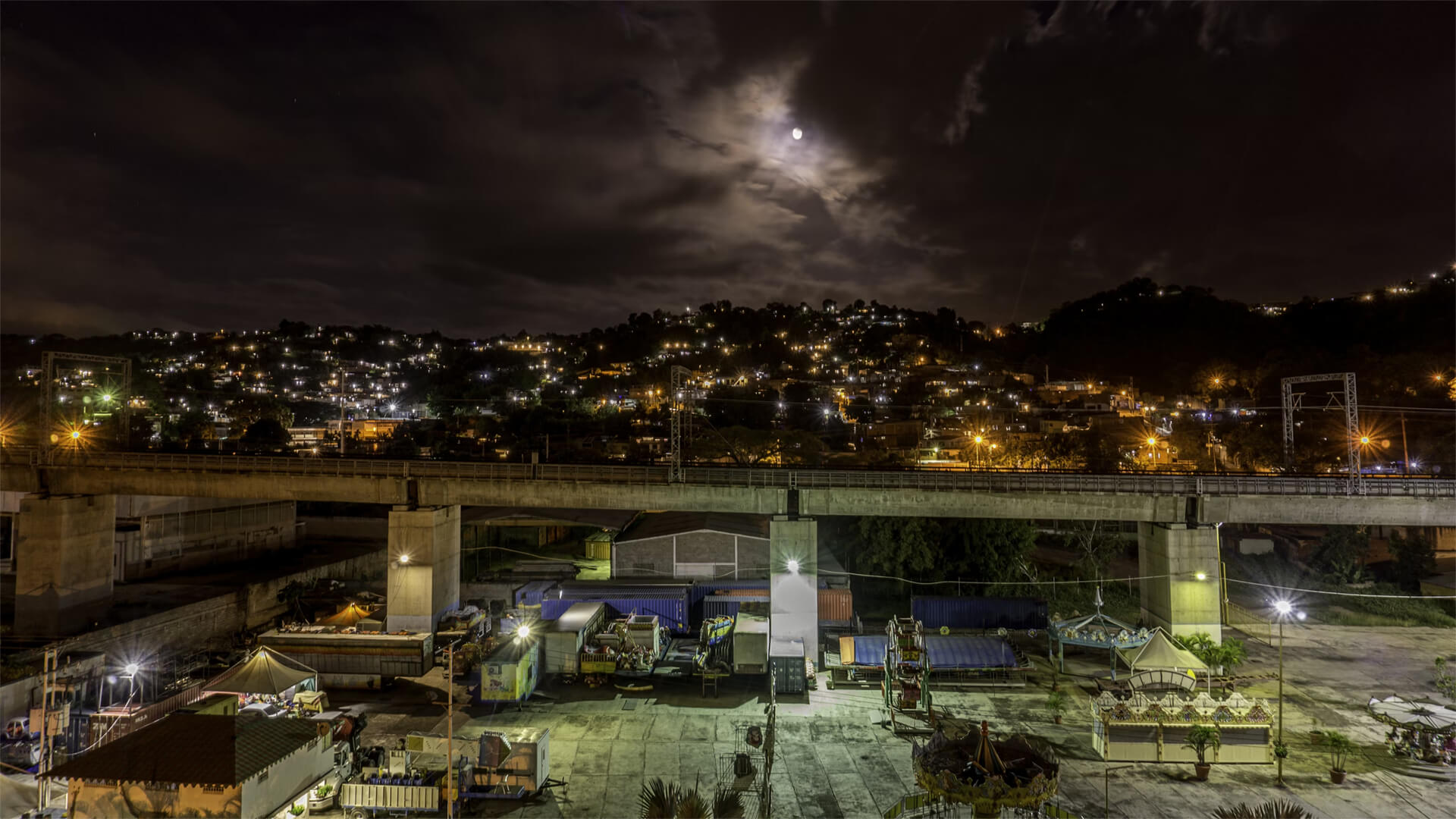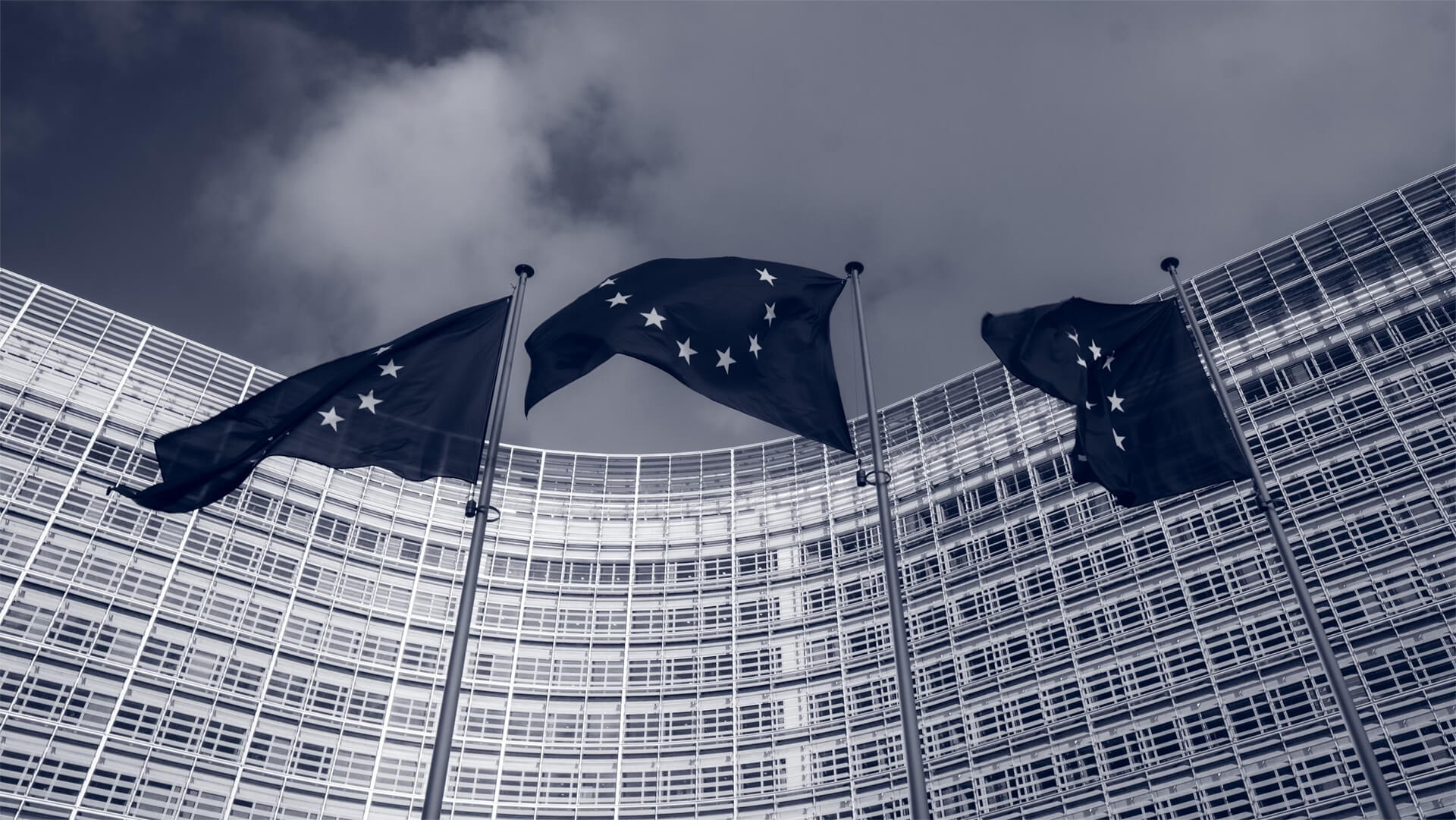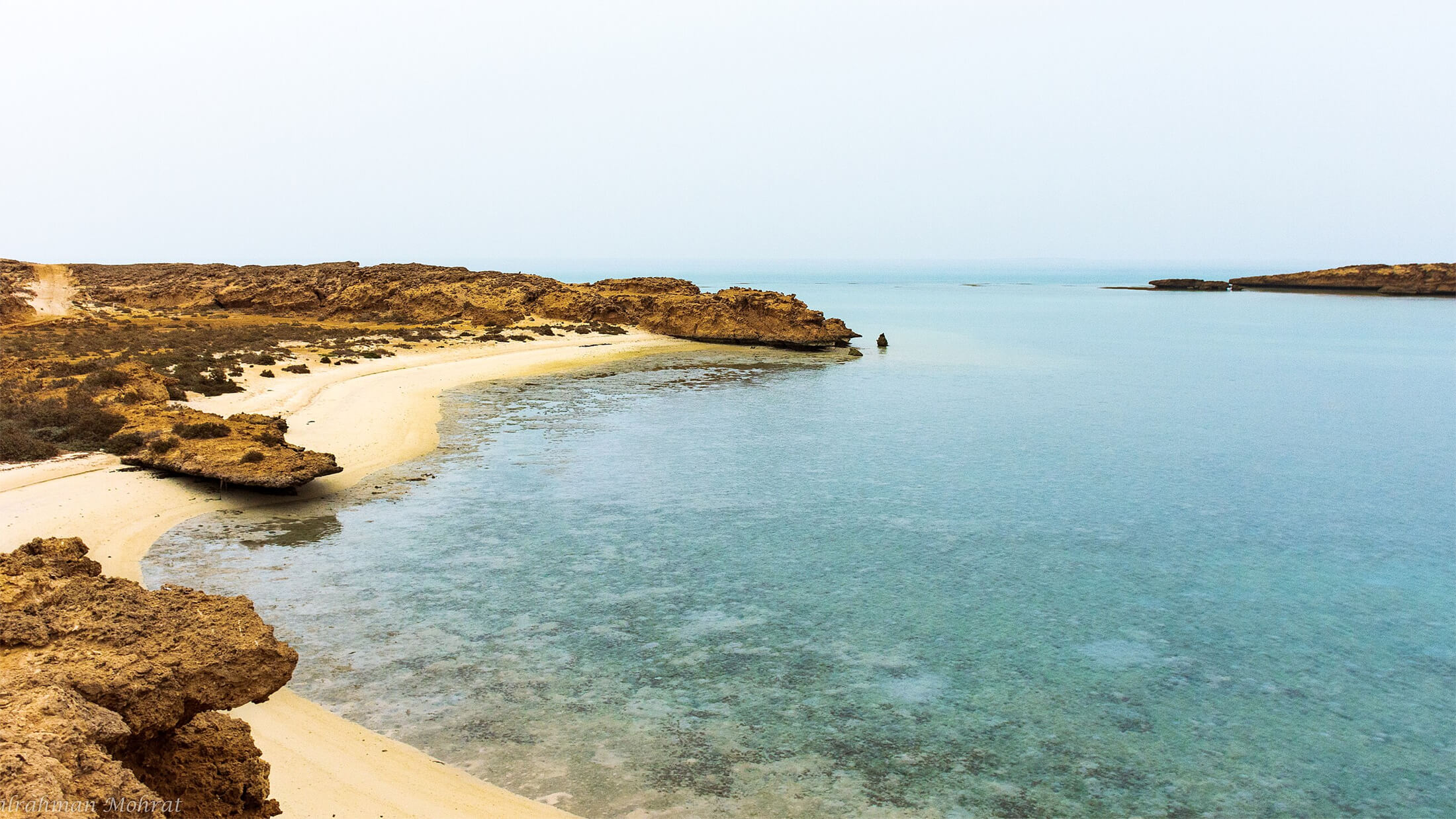Hey everybody. Peter Zeihan here coming to you from the south of France. So we’re going to take a question from the Ask Peter files, specifically questions that I have been asked directly by people since arriving here in Europe last week. same question was asked to me by a number of people in Poland and France. the poles ask it in a kind of a direct way.
the French exit with a little bit more of, and it’s, why why, why, why, why, why, with everything that’s going in Ukraine, everything that’s so important to the future of Europe, everything’s going on with the Russians. Why are the Austrians and to a greater degree, the Slovaks, and especially the Hungarians, being such pains in the asses?
the three countries are either laggards on sanctions or opposing military and economic assistance to Ukraine or both of these. The Austrians have been the most circumspect. The Slovaks are new to the party. it’s only in the last few weeks we’ve had a new government there that is considerably more Ukraine skeptic than the one that came before.
But the Hungarians have been actually vetoing, European Union policy and assistance packages, to Ukraine ever since the war began. So, you know, what’s up with these three? Well, we got two things in play. first of all, there are any number of infrastructure links between the Russian space and the European space, but most of those have steadily been whittled down.
All of them. The one that is most significant and the one that is operating closest to full capacity, is a natural gas line that goes into Slovakia and then has branches that go to Austria and Hungary. And so these three states, in terms of energy dependance, are the ones that are most in the Russian camp, by proximity to these pipeline systems.
Now, that won’t last too much longer. This pipeline also transits through Ukraine, and the Ukrainians are not renewing the lease on it after this year. So that link is going to go away, which is probably going to force a change of policy in all three states. but for the moment, these are the three that in order to keep the lights on, have to do something that’s at least moderately pro-Russian.
But the bigger the much bigger issue is historical. Europe, as its detractors will not hesitate to tell you, is not one place. It’s 30 odd countries. And among those 30 odd countries, there are a number of major powers that have risen and fallen, risen and fallen over the years. To date, and most of them have had a geography that allows them to be significant players within the European sphere and sometimes even beyond.
Now, everyone in the United States, of course, knows the big players. United Kingdom matters because it’s an island. France matters because it’s the western end of the northern European plain, and so doesn’t really have to worry about security too much unless we’re really horribly, Germany’s in the heart of the northern European plain, and so is the biggest country in terms of population and economic structure.
Spain is out at the end of Iberia. And so when it figured out a technology, deepwater navigation, it was a global power. And at the far side of Europe, you’ve got, say, the Turks, who control the territory around the Sea of Marmara, which gives them both access and control of trade pathways and a lot of insulation for security purposes.
And so all of these powers have struggled or allied or fought with each other for the better part of the last millennium and a half. but there is one more that most of us in the rest of the world and even within Europe, have kind of written off and forgotten about. And that is the pannone in plain, there is a chunk of flat land that is midway up the Danube valley that is home to brought to Slava and Budapest and Vienna.
these are the three cities that kind of are at the cluster of what used to be the old Austria-Hungary and Empire. And so whether you are Hungarian or Slovakia, Austrian, you’ve always believed that there’s a special place for you in Europe, in history, politics, whatever it happens to be. And if you look back on the long reach of European history, you’ve got a case to make for that argument.
the problem for, the Slovaks, the Hungarians and the Austrians, of course, is they lost, Austria-Hungary fell at the end of World War one and was shattered and is now a lots of little states. And Austria-Hungary used to include all of Austria, all of Slovakia, all of the Czech Republic, all of Hungary, most of Romania, a lot of the Western Balkans.
You know, that used to be a really big thing. Now it’s this fracture zone of a of a dozen different states. So believing that in your interests, from a macro point of view, from an almost imperial point of view, matter just as much as Germany or France or Britain or the rest, you know, that resonates with the people in these countries and of them.
The faction where it resonates the most is Hungary, because they control the largest part of what used to be the core of that old system. And so there is this kind of semi-open secret cum conspiracy theory based on who you believe, that there is a handshake deal between the Russians and the current Hungarian government that once Ukraine falls, Hungary will get a few chunks of its territory back that used to be part of the old Austro-Hungarian empire, that are now under Ukrainian control.
And if that sounds too conspiratorial for you, keep in mind that the current Hungarian government has basically pursued some version of that policy less irredentist, more about culture and economics and security issues, with most of its neighbors, with definitely Romania being the country that’s in the spotlight the most, we’ve all heard of Transylvania, right? Well, the people who live in Transylvania are Romanian citizens, but they’re Hungarian ethnic nationals.
And so it’s, it’s a touch and go issue all around. So basically, we’ve got this dead imperial core where there’s at least some people or a yearning for the Golden age, which is now, well, in the past. All right, that’s it for me. Take care.











